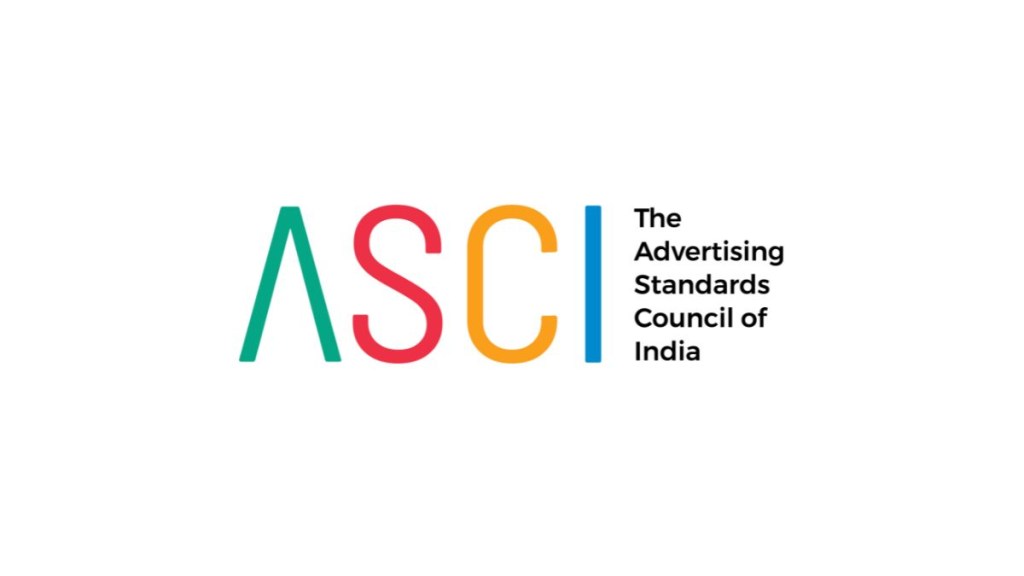Between April and September, the Advertising Standards Council of India (ASCI) processed 3,340 complaints against 2,764 advertisements which were found potentially violating the ASCI code. As per a report released by the company, 55% of the ads were found across digital channels whereas 39% were across print and 5% across television.
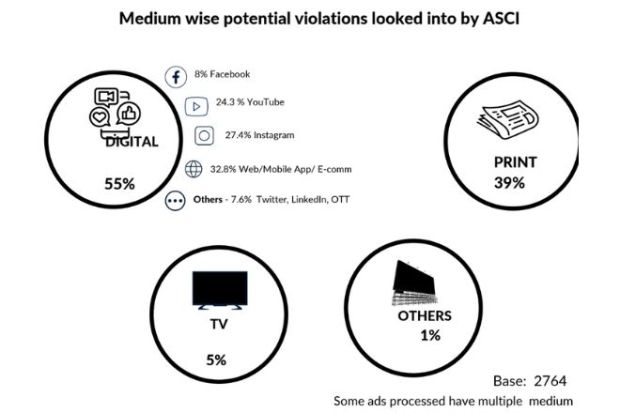
Looking at the rapid growth of digital advertising, ASCI has invested heavily in ad-surveillance technology, Manisha Kapoor, CEO and secretary-general, ASCI, claimed. “We will continue to upgrade and streamline our processes to provide a more responsive platform to all stakeholders, including consumers, brands and government bodies. In our constant pursuit of transparency, we have released a comprehensive report about the kinds of complaints and outcomes that ASCI has looked into during the first six months of the financial year,” he added.
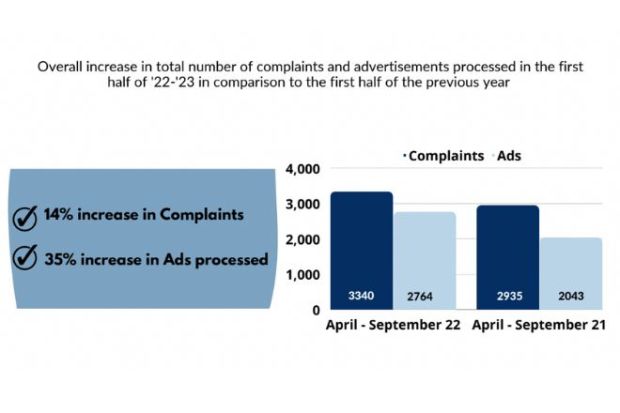
Additionally, the report stated that ASCI saw a 14% rise in the number of complaints alongside a 35% increase in the number of ads processed. It has additionally claimed that 65% of the ads were processed suo moto. As per the report, the education sector led the list as the most violative sector and accounted for 27% of the complaints. Of this, the report said that 22% belonged to the classical education category whereas 5% were from the ed-tech sector. Education was followed by personal care at 14%, both food and beverage (F&B) and healthcare at 13%, and gaming at 4%.
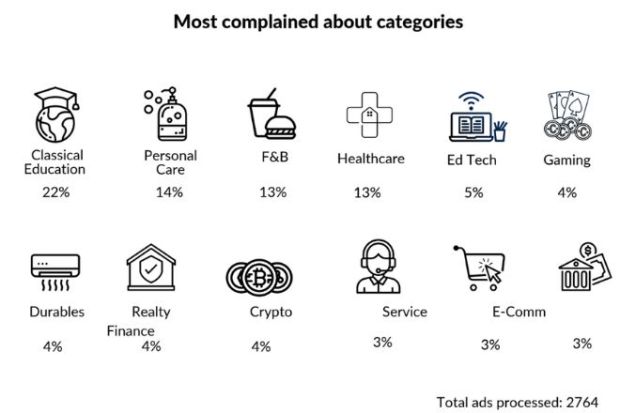
The organisation had also introduced an artificial intelligence-based management system TARA, which accounted for 98% of all consumer complaints. Further, the report observed that 16% of total complaints were from consumers, 15% from the government, and 3% were intra-industry complaints. The report also found that from the 2,764 potentially objectionable ads processed, 32% were not contested by the advertisers, 59% were found in violation of the ASCI code and 8% were found not to be violating the code.
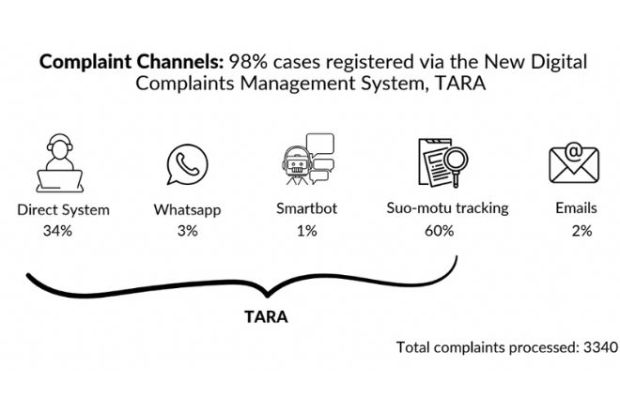
Also Read: Cryptocurrency, personal care, fashion, e-commerce categories found as highest users of manipulative advertising tactics: Advertising Standards Council of India

